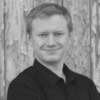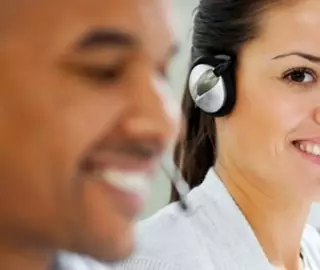
Burger flipping is often used as derogatory shorthand for low-skilled, low-tech work, but fast food companies have been making major investments in automation, apps, analytics, artificial intelligence, and robotics. We set out to ask the questions that business leaders would need to know:
- What tasks are most likely to be automated by robotics and AI in the fast food industry?
- What are the largest and most innovative food service businesses doing now to automate their work?
- How can I use these trends and use cases to make better planning decisions for my company / division?
We’ve put together executive quotes and the latest innovations from six of the largest fast food giants on the planet, and distilled them down into this article.
As our subscribers already know, we take our readers’ time seriously, so we tend to “show” more than we “tell.” We collected a series of short videos, gifs, and screen-shot images to visually demonstrate the robotics and AI use cases we articulate, so that you’ll be able to see the applications in use, and better understand their potential uses or implications in your own industry.
Before we dive into the robotics and AI use cases from the six fast food giants, it’s important to gain some context on why this industry is keen on innovation now:
Factors Driving AI and Robotics Adoption in Food Service
Rising wages and a need to keep prices low have given several fast food companies a strong incentive to develop technologies to increase efficiency and reduce labor costs. Wages for fast food companies seem to be being pushed up by two primary causes:
- The end of the great recession is resulting in a tightening of the labor force pushing up wages.
- New state and local minimum wage legislation that particularly impacts fast food companies.
At the beginning of the year the minimum wage increased in 19 states. For example, a recently approved initiative in Washington State will raise the minimum wage to $13.50 an hour by 2020 and last year California adopted a law that will bring the minimum wage to $15 per hour by 2022. Former McDonald’s USA CEO Ed Rensi told Fox Business that, “It’s cheaper to buy a $35,000 robotic arm than it is to hire an employee who’s inefficient making $15 an hour bagging French fries.”
As in any industry, fast food also has a tendency to follow the leader. The stock performance of Dominos over the last 7 years has gone from about $13 to well over $200, and it’s hard for competition to ignore. Companies that weren’t technology companies suddenly are, and nobody wants to be left in the dust. The giants of the industry (like the giants in the stodgy automotive industry) are all aware that technology will be a critical edge in the years ahead, and R&D budgets in automation and new customer interfaces reflect this change in attitude.
Domino’s – Drones, Robots, Pizza Trackers, Apps, and Everything
Perhaps no fast food company has so aggressively and broadly embraced technology as Domino’s, with the CEO claiming they are as much a tech company as they are a pizza company. Domino’s has a website dedicated to showing off the wide technology they are involved in. They seem to be taking a wet-spaghetti approach, throwing every possible innovation they can at the wall to see what sticks.
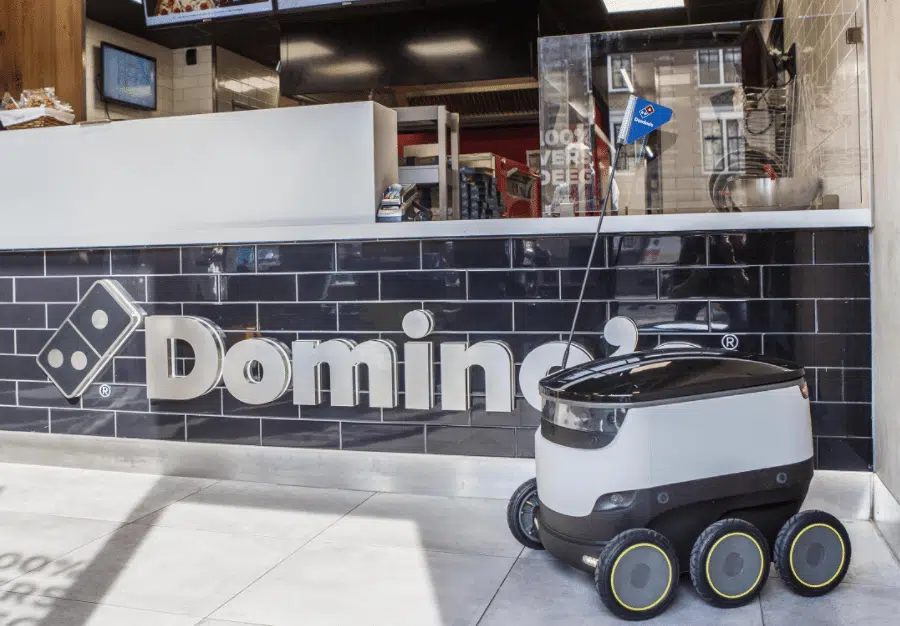
In addition to app order and payment systems across every possible platform, Domino’s has invested in an artificially intelligent virtual assistant that customers can talk or text. Using machine learning and voice recognition, the company is hoping to make ordering fast, natural and even entertaining.
Domino’s use of integrated GPS tracking for their drivers doesn’t just let the people track their pizza deliveries in real time down to the second, but it also provides the corporation with a wealth of data to improve efficiency and safety. According to Domino’s it has reduced driving incidents by 50%.
The more futuristic efforts Domino’s is involved in include not one but two different types of autonomous delivery systems. In late 2016 Domino’s partnered with Flirtey, a drone company, to complete the first commercial delivery of food by flying drone to a customer. The history-making customer lived in Whangaparaoa, New Zealand.
While the drone delivery last year was no more than just a concept, Domino’s does plan to have wheeled robots deliver pizza to customers in Europe by the end of the year. In co-operation with Starship Technologies, Domino’s Robotic Unit will use small six-wheeled robots to deliver pizza to customers within a one mile radius of stores in Germany and the Netherlands. The small robots look like coolers on wheels but pack much of the same technology found in self-driving cars. The delivery robots’ small size and low speeds means they face significantly fewer legal issues than autonomous cars. As a result, your pizza will probably get a robot driver before you do.
Given the timelines for autonomous driving for regular commercial vehicles, Domino’s miniature delivery bots may only be necessary for short-range suburban deliveries. Only time will tell.
CaliBurger – Burger Flipping Robots
Like in many of sectors, some of the more interesting fast food innovations are coming from the small players. In March CaliBurgers’ Pasadena location started using Flippy, the artificial intelligence-driven robot. The robot was created by Miso Robotics, the first company to bring AI and robotics to the kitchen. Flippy is capable of cooking burgers and placing them on buns. If these tests go well, it will be deployed in 50 restaurants by the end of 2019.
The next few years will tell if Flippy can start a wave of fast food kitchen AI automation or if it goes the way of Taco Bell’s automatic taco making machine.
McDonald’s – Kiosks and Apps to Eliminate Waiting in Lines, and Impending Robotics?
McDonald’s has lagged behind some of its competitors when it comes to technology, but it is planning to make up for lost time. The very first bullet point in McDonald’s 2017 growth plan is “enhancing digital capabilities and the use of technology to dramatically elevate the customer experience.” The company is planning to make a large push for self-ordering kiosks and mobile app ordering/payment. Installing kiosks costs between $50,000-60,000.
McDonald’s improved app will launch this year at 20,000 restaurants and will allow customers to avoid the lines at the counters and at the drive-thrus. The hope is not only to improve speed and convenience for app users, but to use the data generated about users to increase sales. It can recommend add-ons and promote deals. Japanese customers using the app spend 35% more on average. With their app already downloaded 16 million times, that is a lot of potential extra sales.
McDonald’s has also been engaged in a massive roll out of digital menu displays. These aren’t just a nicer version of the old static menus. When combined with big data analysis, the digital menus can be frequently modified based on time of day or even weather to induce purchases. The menus are capable of checking the weather and automatically highlight items that do better on hot days or comfort foods when it is cold and rainy. When deployed in Canada, the digital menus increase sales by 3% to 3.5%.
The changing wage pressures seem to have helped robotics and restaurant automation companies raise funds, which comes as no surprise. No business was forced to use horse a buggy in the 1920’s, and it’s unlikely that the entire wave of impending physical automation will be dammed up by legislation.
Some firms may choose to open up new restaurants with less employees – rather than laying off current staff to save funds. However, it sees likely that adoption pressure will increase as more and more firms begin overtly replacing humans with machines in the decade ahead.
A somewhat controversial interview with an ex McDonald’s CEO Ed Rensi aired on Fox News with the following quote:
“Franchising… is depending on people who have low job skills that need to grow. If you can’t get people a reasonable wage (by this he implies lower than the proposed $15.00/hour), you’re going to get machines to do the work… and the more you push this (the $15.00/hour minimum wage), it’ll just happen faster”
While it’s important to note that Mr. Rensi no longer works at the company, his ideas can probably be representative of any service business CEO in America, particularly in franchise. Tactful executives will not be so overt in their language (Rensi’s candor is aided by the fact that he no longer works at McDonalds), but it’s unlikely that many franchise CEOs will be able to completely ignore robotics in long term planning.
Taco Bell – Ordering with apps and AI Chatbots
Taco Bell has long experimented with time-saving technology, even testing a short lived automatic taco making machine back in 1992.
In more recent times Taco Bell has focused on new ways to make it easier for people to order their food. In 2014, Taco Bell created their mobile ordering and payment app. This was followed a year later by their launch of ta.co, their virtual restaurant to allow consumers to place customized orders online on their website. And in 2016 Taco Bell created TacoBot with the help of Slack:
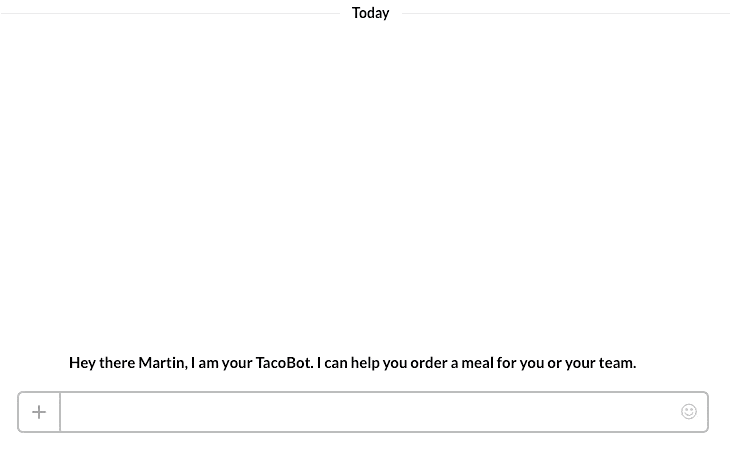
The AI chatbot, which is still in beta, allows people to place orders and have questions answered using regular language in the messaging app. Following Taco Bell’s lead other fast food companies introduced AI chatbot using Facebook’s system
Wendy’s – Automatic Kiosks and a New App

Back in 2015, Wendy’s launched their 90° Labs near the campus of Ohio State University in Columbus, Ohio. The large facility can accommodate 90 people. It is for testing and developing technology for the company.
Once such technology is a self-ordering kiosk that Wendy’s plans to roll out nationwide this year, according to the Columbus Dispatch. By the end of the year, kiosks should be installed in 1,000 Wendy’s locations – one in every six stores. It will cost roughly $15,000 per location, but the company expects the kiosks to pay for themselves in just two years due to the reduced labor costs and increased sales.
The kiosks are viewed as a stepping stone by Wendy’s to get people comfortable placing orders themselves, which should led them to using their new mobile app. They also plan to phase out physical coupons to nudge consumers towards their app. The company believes eventually the primary way people will place orders is via their mobile app. This will provide Wendy’s with a wealth of data to track overall trends and make personalize offerings.
We wrote an entire article dedicated to AI applications in retail, including a number of interesting conversational interface use cases. Readers with a strong interest in customer interface tech may want to read that article as well.
Subway – AI Bots for Ordering
In an effort to turn around falling sales, the sandwich chain with over 44,000 locations decided to make a significant investment in technology last year. The company launched Subway Digital in collaboration with Accenture back in June. The division is evaluating all aspect of Subway technology from its app to its backend design.
The launch of Subway Digital was quickly followed by the acquisition of Vancouver-based Avanti Commerce just two months later. Its 20 person team joined SUBWAY but remains in Vancouver and continues to grow. SUBWAY plans to eventually build a team of 150 employees to work on their digital projects over the next few years.
One of their first big consumer technology moves from their digital team was unveiled just last month. Subway launched a Facebook Messenger bot that allows people to order food via Facebook from 26,500 locations in the United States. People can directly pay for their orders with Facebook’s built-in Masterpass system. The new bot builds on the company’s existing app-based and web-based ordering systems:
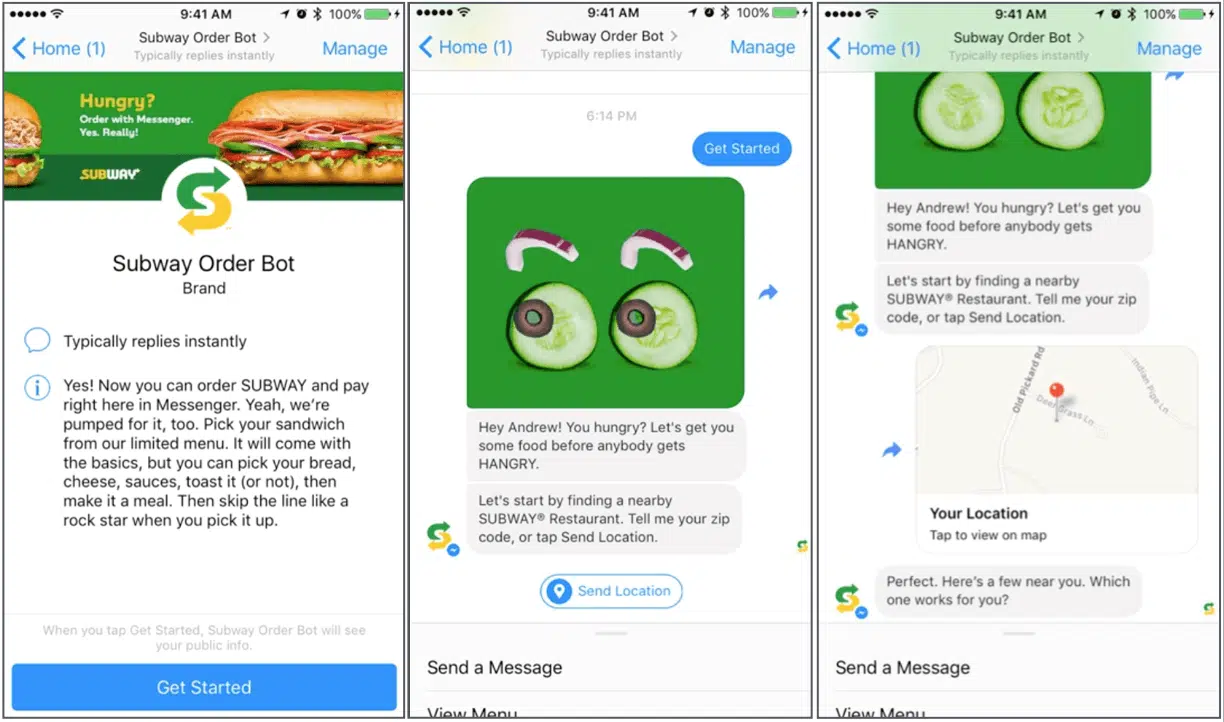
A video of this Facebook Messenger Subway ordering chatbot is visible on their company press release here.
According to Pew Research, 68 percent of all American adults use Facebook, and roughly three-fourths of Facebook users interact with the social media service at least once a day. Subway wants to make it easier for this large segment of the population to order sandwiches.
Subway is also experimenting with kiosks, digital menus, and a new whole new app.
Concluding Thoughts on AI for Faster Fast Food
Technology is allowing fast food companies to make it faster and cheaper to get their food, by reducing the role of human employees. At the moment, most of the change we will likely see from automation will happen on the consumer-facing side of the industry. Companies are try to push people to order via apps, chat bots, voice recognition, or kiosks instead of from employees behind a counter. This not only reduces labor cost but provides companies with more data about their customers from trackable, digital touch-points. If Amazon handled all your orders over the counter via human cashiers, they’d have a much harder time improving their profits by recommending up-sell and cross-sell products, and fast food companies seem to be catching on.
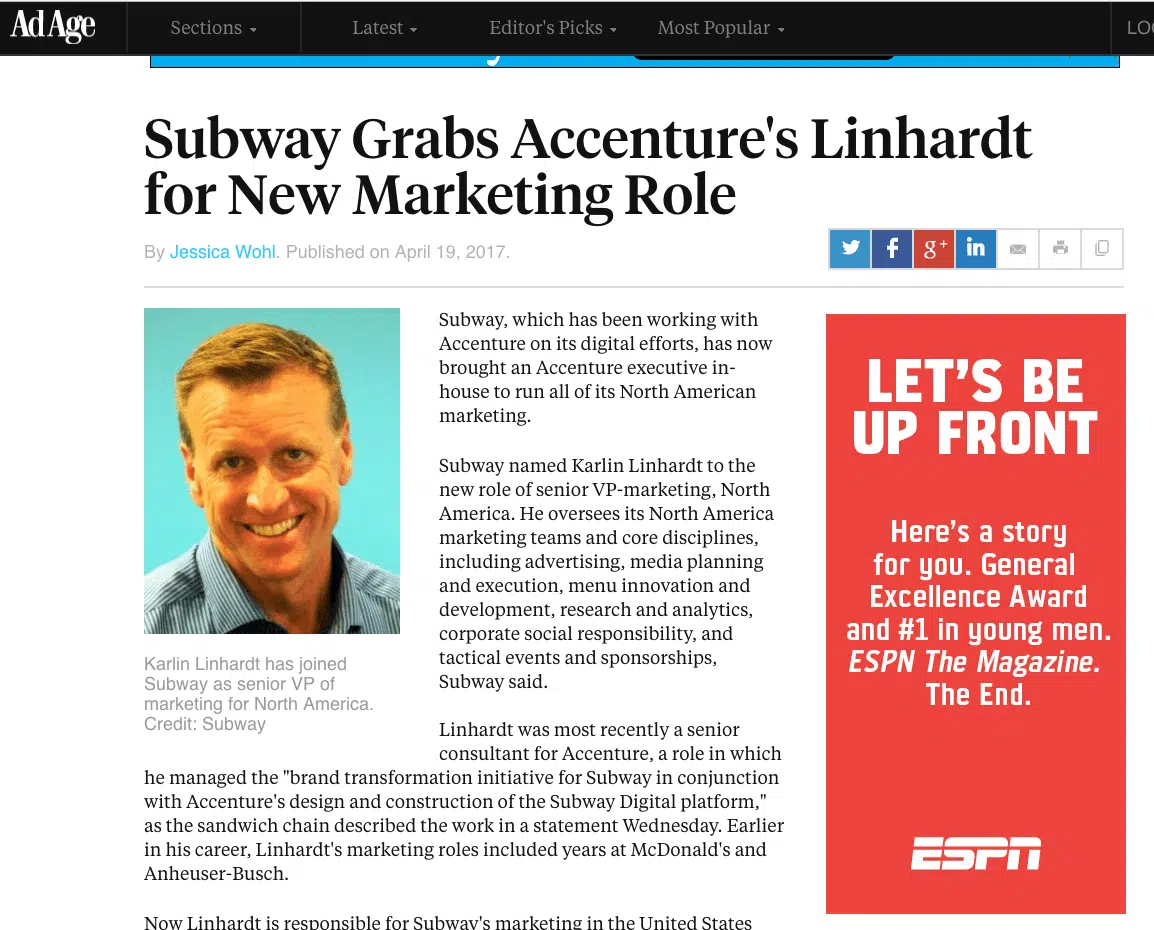
It is unlikely we will see the person behind the counter disappear in the near term, but companies are invested heavily in the belief that orders taken by machines are going to grow noticeably in the come years, probably along with slowly decreasing need for human staff during business hours. Automation in other aspects of fast food –mainly delivery and food preparation- are not as far along, but some fast food companies are actively preparing for them.
While fast food companies are particularly sensitive to labor costs and the need to be highly efficient, the general goals behind many of their technology investments are shared by most sectors. Automating simple customer service tasks with AI and using robots to make time sensitive deliveries would be useful for numerous industries. This technology is likely to filter down through the restaurant industry, as well as any sector that currently has high volume of routine customer service interactions. Other less glamorous back-end automation innovations (such as inventory management) are likely to be developed and rolled out as well.
Another take-away point for business leaders in any sector is that traditionally “low-er tech” industries are being forced to play catch-up with the Amazons and Teslas and Facebooks of the world by creating “innovation hubs” within their organizations (like Wendy’s 90° Labs or Subway Digital).
While SMBs won’t have the luxury or budget to launch these internal tech centers, all service businesses can watch these fast food trends closely. The customer interfaces and automation technologies that gain wide adoption across the giants of fast food are likely to have merit in other industries as well.
Image credit: Mirror Online
